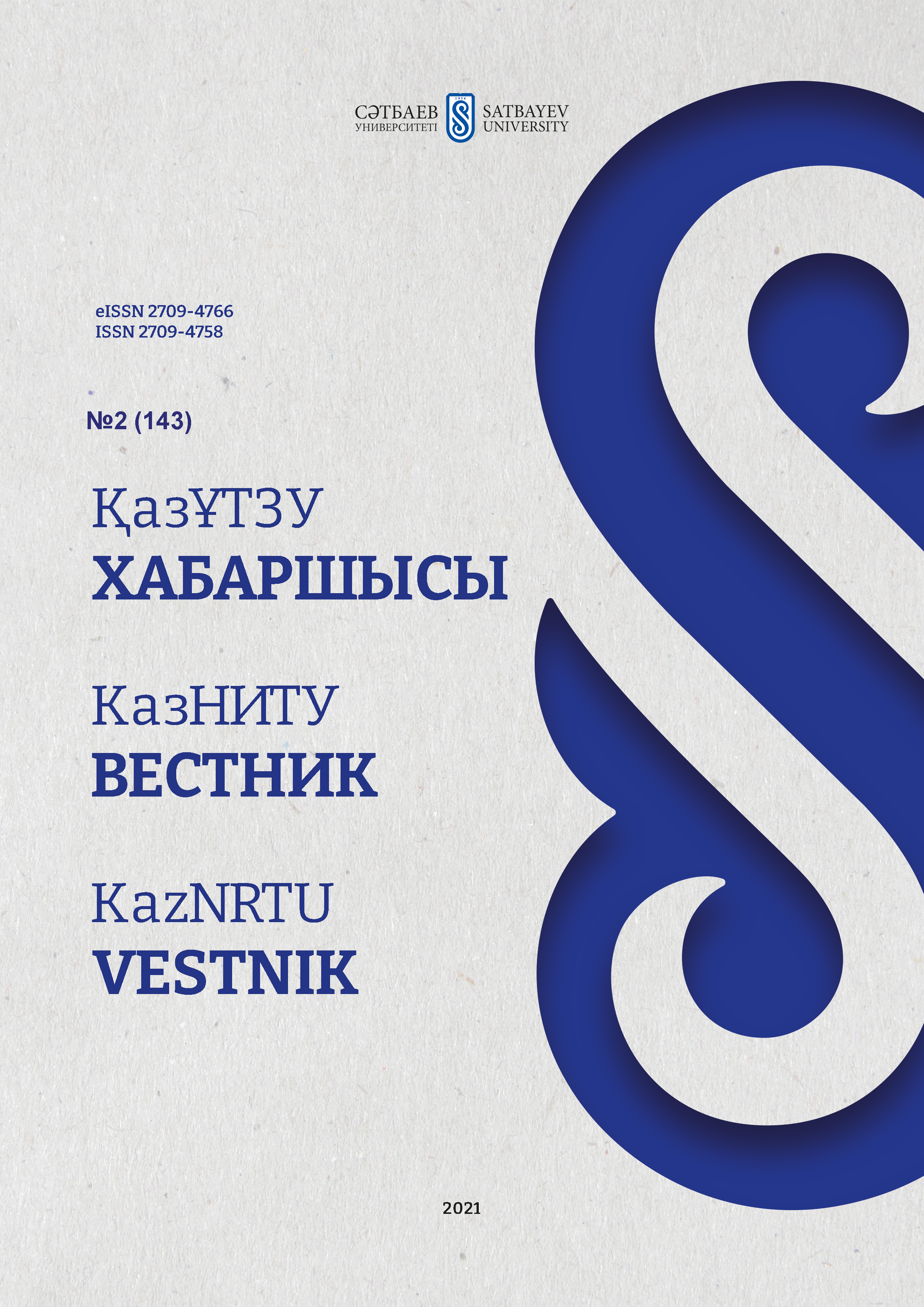The optical creation and recombination assembly of near-sodium electron excitations in KCl-Na crystal
DOI:
https://doi.org/10.51301/vest.su.2021.i2.10Keywords:
KCl-Na, light cation, self-trapped exciton, hole-electron recombination, electron-hole recombination.Abstract
The radiative relaxations of self-trapped excitons with a maximum at 2.8 eV in the sodium field are experimentally demonstrated in KCl-Na crystal – at direct optical creation of a near-sodium exciton with a photon energy of 7.62 eV, at electron-hole recombination in the process of X-ray excitation in the temperature range from 150 K to 300 K , as well as electron-hole recombination at optical stimulation in F/ - centers spectrum region (1.5 eV) at 90 K in crystal, pre-irradiated by X. The increase in the radiation intensity at 2.8 eV of KCl-Na crystal at X-ray excitation in the temperature range from 150 K to 300 K, when all exciton-like radiation is quenched, is interpreted by increasing the free path of the unrelaxed hole from 60 а to 600 а, where a is the lattice constant. Thus, in KCl-Na crystal, unique possibilities of self-trapped electronic excitation creation in the field of a light sodium ion are experimentally realized by three mechanisms – exciton, hole-electron recombination, and electron-hole recombination, the radiative relaxation of which ends by luminescence with a maximum at 2.8 eV.
Downloads
Published
How to Cite
Issue
Section
License
Copyright (c) 2021 VESTNIK KAZNRTU

This work is licensed under a Creative Commons Attribution-NonCommercial-NoDerivatives 4.0 International License.
<div class="pkpfooter-son">
<a rel="license" href="http://creativecommons.org/licenses/by-nc/4.0/"><img alt="Creative Commons License" style="border-width:0" src="https://i.creativecommons.org/l/by-nc/4.0/80x15.png"></a><br>This work is licensed under a <a rel="license" href="http://creativecommons.org/licenses/by-nc/4.0/">Creative Commons Attribution-NonCommercial 4.0 International License</a>.
</div>





